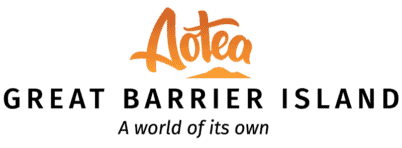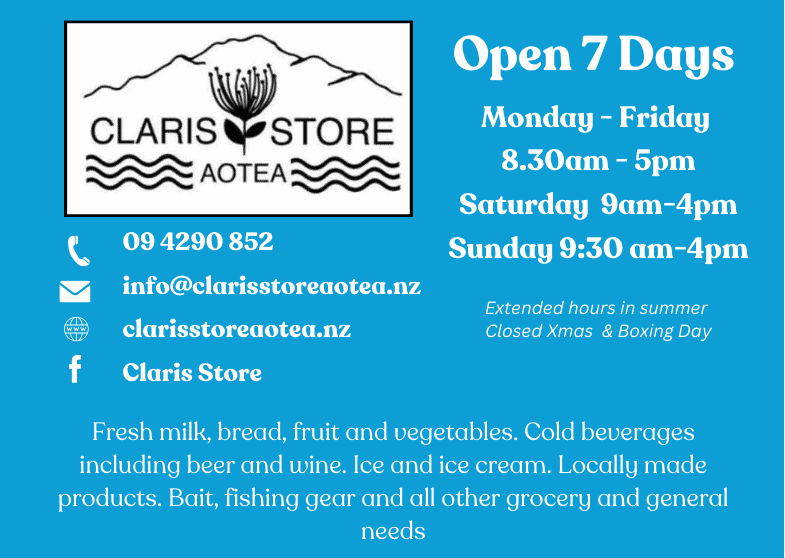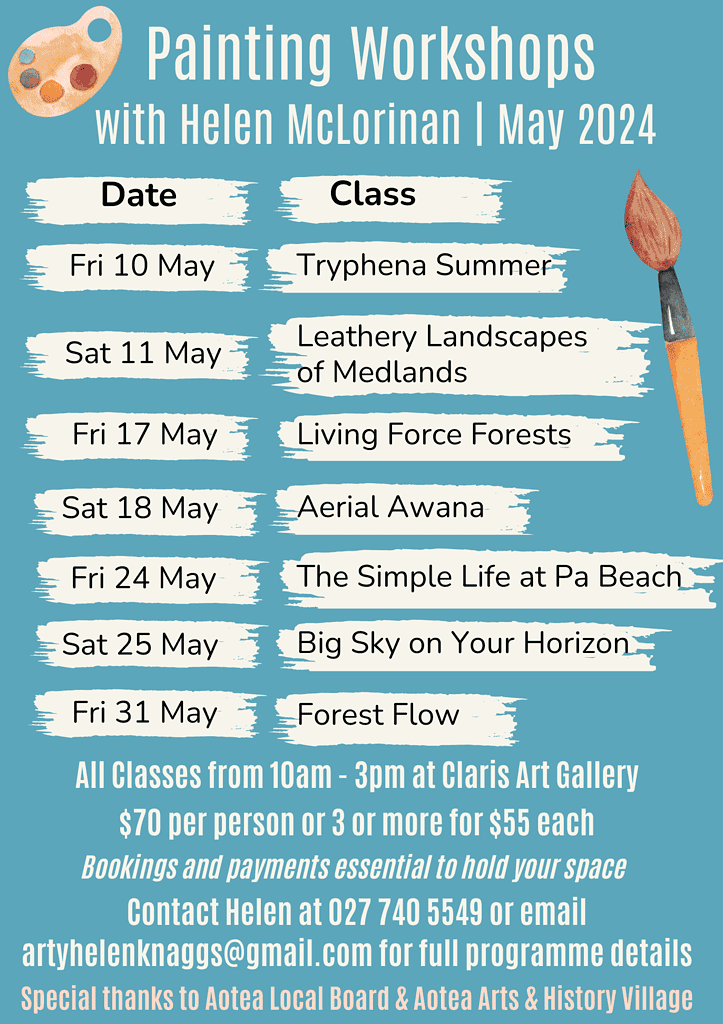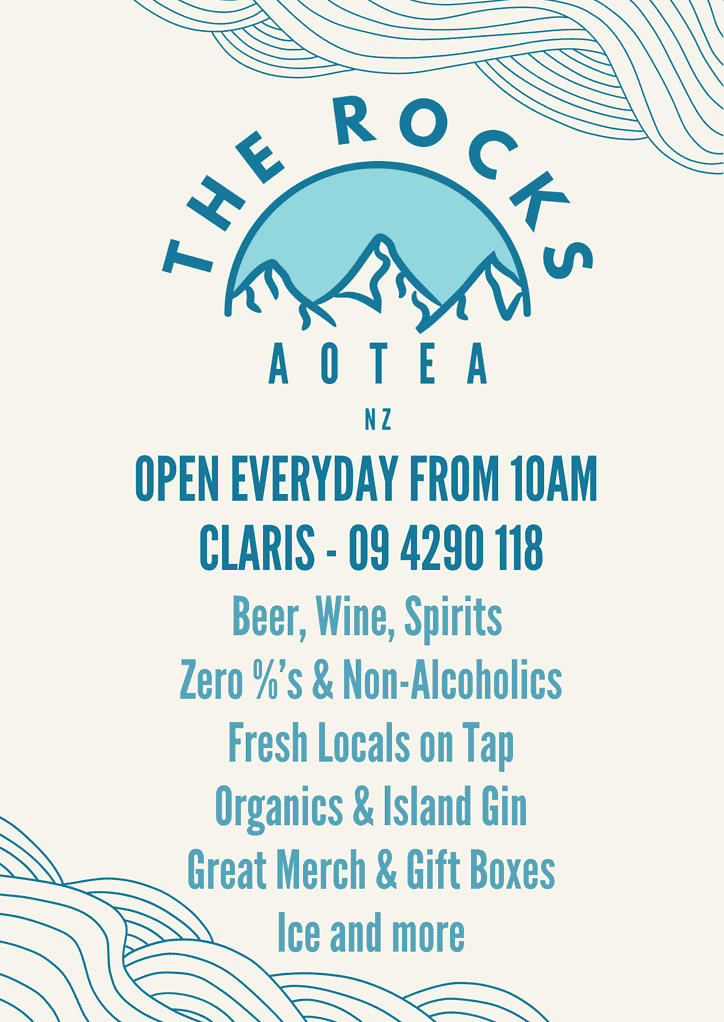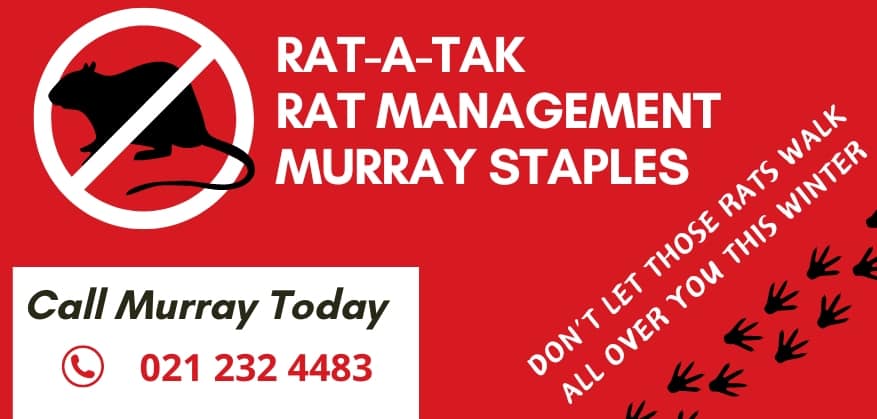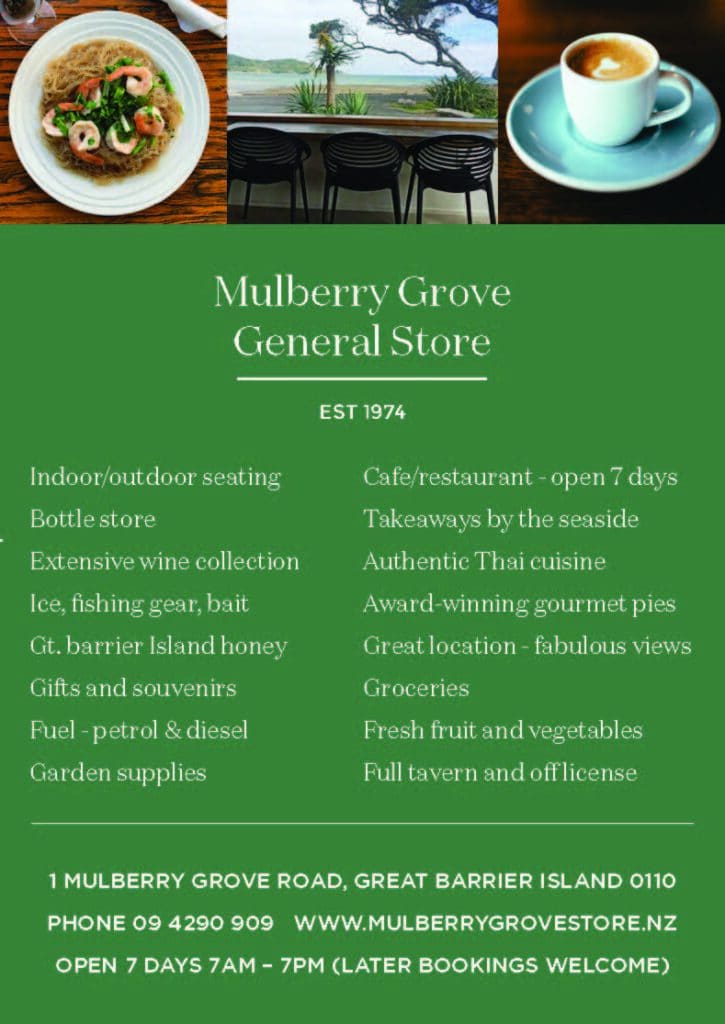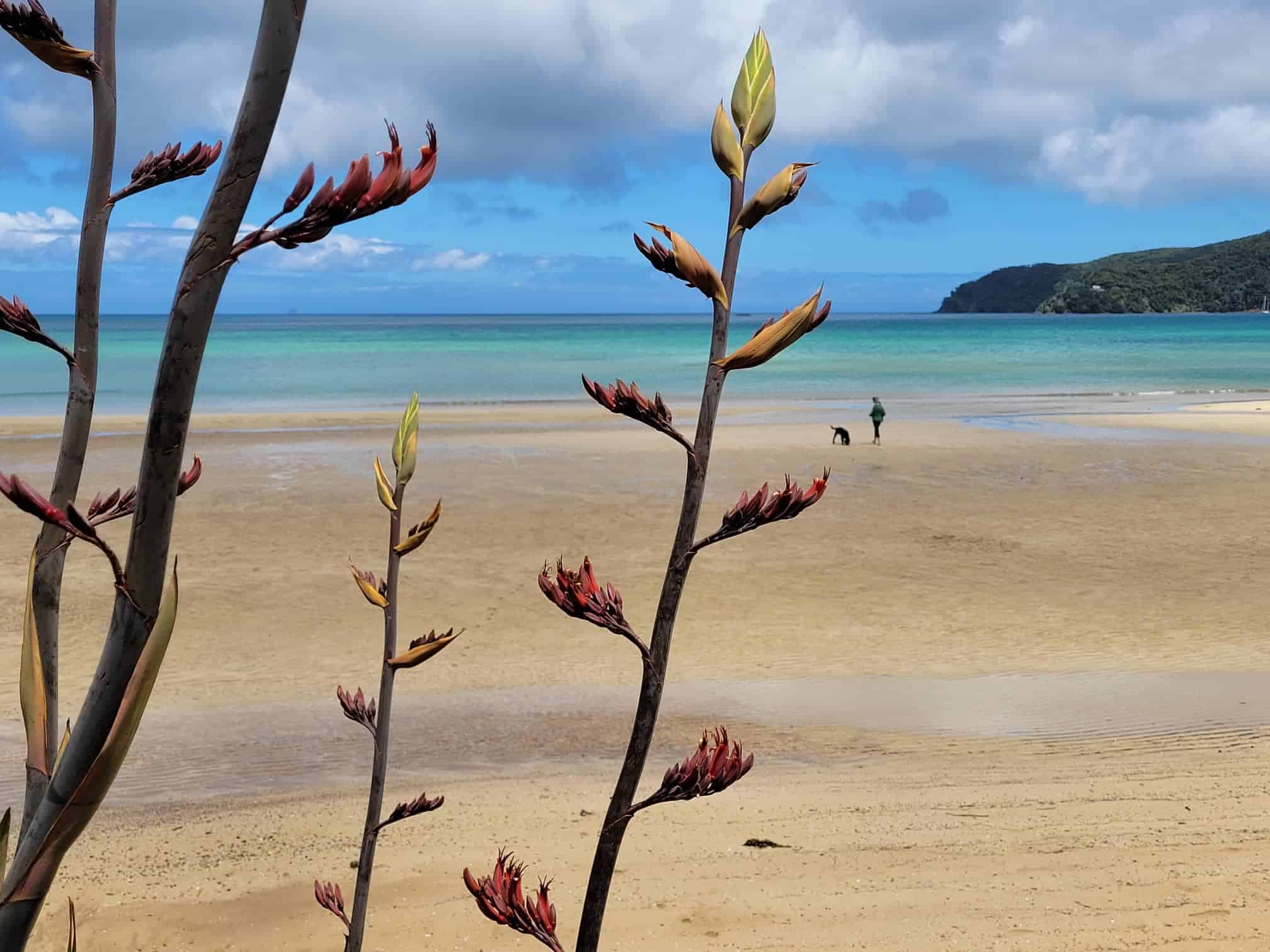Imagine a journey across 12,000 kilometres of wave-strewn ocean, with few or no reference points, just memory.
Memory of a peaty burrow, beneath tree roots, atop the domed summit of a peak known as Hirakimata.
Memory of late summer days stretching wings until strong, a first clumsy walk under a forest canopy at night to a rock outcrop marked by the claws of other birds.
Of that leap of faith into nothingness, stars above and deep valley beneath.
An innate calling to head west and then north, a dogleg to squid-rich waters around the South American coastline.
And now three years on, another heart-felt pull back to that same soil to begin the cycle over again.
If Aotea had its own emblem, then surely it would be the tāiko or black petrel.
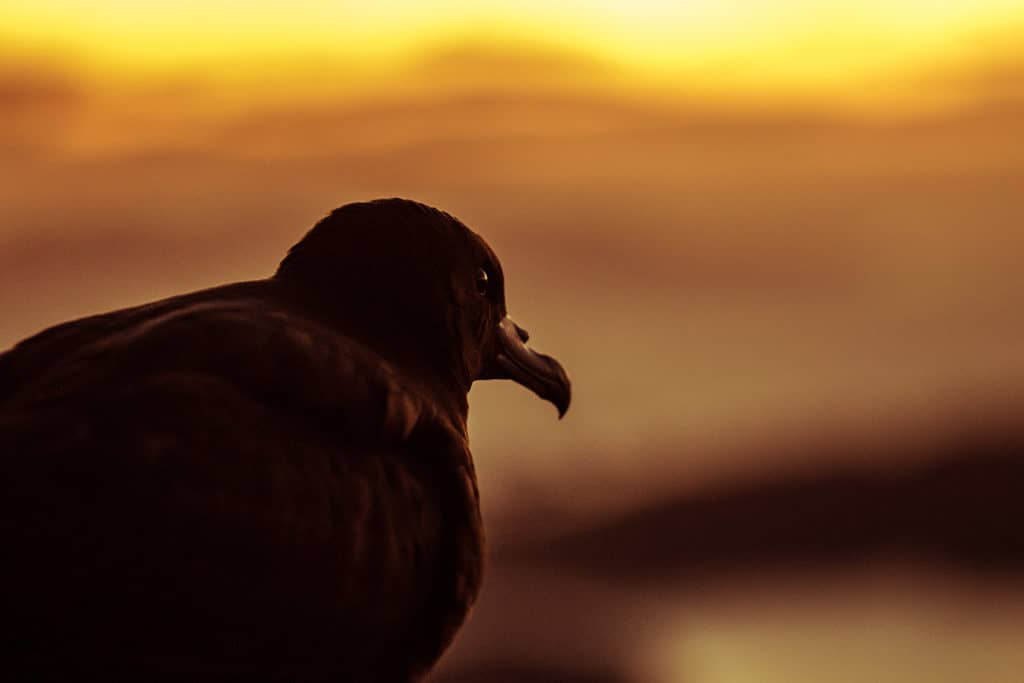
A visitor to the wooden viewing platform on the summit of the island’s highest peak during a still night in the early summer would hear the clacking of dozens of tāiko beaks.
These are the first of the male arrivals, back from their winter sojourn off Peru and Ecuador, announcing themselves to a returning mate or advertising their bachelor availability.
As the days warm romances will blossom, eggs will be laid, chicks will hatch, and the serious business of parenting will play out.
Foraging flights well beyond the Hauraki Gulf – even as far as the Chathams and Australian coast – are taken in turns, the resulting catches regurgitated and shared with increasingly chubby chicks.
Such scenes once played out on ridgelines all around the North Island and top of the South, even as far inland at Taupō. But now Aotea is the tāiko’s only home, apart from a smaller sister colony on neighbouring Hauturu, Little Barrier. The reason? The destruction of habitat and voracious appetites of introduced stoats, rats, wild cats and pigs. Fortunately for the Barrier islands stoats have never invaded.
Biz Bell has studied Aotea’s tāiko colony for 26 years. Members of her team are often seen on the track from Windy Canyon to Mt Heale and she’s always happy to stop and share her findings. This summer is looking positive for petrels. Most of her study burrows are occupied, many with first-time breeders, and chicks have hatched early, suggesting 2021 will be a good year for the island’s 2,100 plus taiko pairs.
It’s not just passing trampers that Biz is keen to inform. She has worked closely with Aotea’s Ngāti Rehua kaumatua, to acknowledge and support their care for birds over many generations. The island-based hapū has its own name for the black petrel – tākoketai.
Fishermen too have been regular visitors to her research camp, skippers returning to their boats as champions for safe fishing practices to reduce another threat to the birds. Tāiko can be voracious feeders when nesting and can dive underwater over 30 metres after a baited hook.
More broadly, the Hauraki Gulf has one of the highest numbers of seabirds of any region in the world. Twenty-four species breed here, five of them nowhere else.
Other conspicuous residents are the takāpu or Australasian gannet, seen constantly patrolling the seas around the island, before plummeting down to surprise small schooling fish. They nest on Mahuki Island, just out of Port Fitzroy, its hilltop bare and whitened with guano from 6,000 breading pairs.
Time on a kayak or boat will enable you to spot kororā, little penguins resting of the sea surface before a feather shake and duck dive after another fish meal. They are also known to keep island residents up at night by building nests under houses.
This abundance of seabirds can be explained because Aotea sits around the mid-point of the North Island’s east coast ‘seabird superhighway’, a chain of predator-free islands that stretch from the Three Kings Islands to the Bay of Plenty.
For serious bird watchers, nearly a third of the world’s 350 seabird species have been spotted in these parts.
But for most, the glimpse of a soaring petrel backed by stars, the oh-my-god-what-was-that smack of a gannet hitting the water and the flash of blue penguin feathers will be remembered as highlights of time spent on Aotea.
***
March is a critical time for the tāiko. Biz Bell hopes the warm, predominantly Easterly weather pattern will mean plenty of food for adults and chicks. Walkers on the Aotea Track between Windy Canyon and Mt Heale hut may see (and smell) petrel burrows from the boardwalk track. Sometimes fledging birds will be observed outside burrows stretching their wings to strengthen them ahead of the first flight. Trampers should remain on the boardwalk and not disturb these special island residents.
Written by Tim Higham
Published by Destination Great Barrier Island
